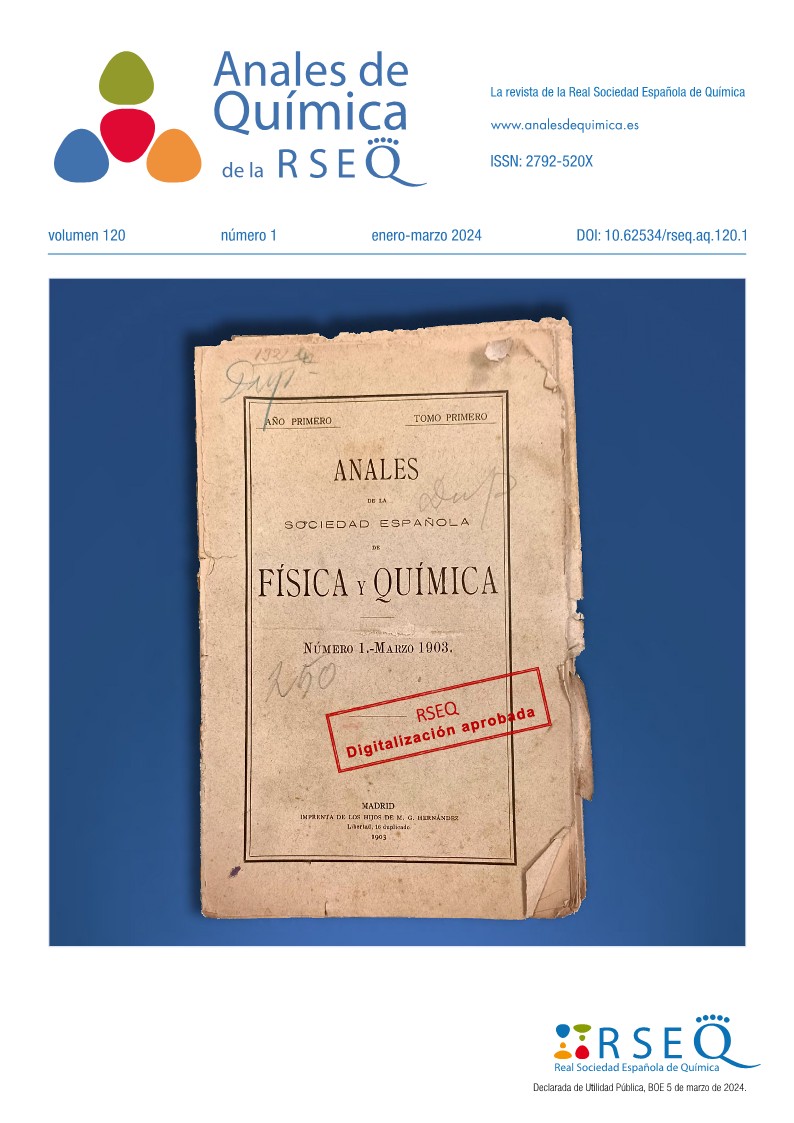Abstract
Polymer gels, made up of polymer and solvent, have both the cohesive properties of solids and the transport properties of liquids. This duality allows modulating the activity of the gels in a controlled way and elucidating their structural aspects. Gels cover a wide spectrum of different polymers (synthetic and natural), solvents (water is the most common: hydrogels), sizes (macro-, micro- and nanogels) and specific properties, very attractive for their applications. The study of the viscoelastic properties and the application of different models, allows knowing its structural organization. Gels have demonstrated their importance as efficient storage/incorporation systems for solvents and other components, drug release and magnetic hyperthermia, among others. This work briefly summarizes some concepts and focuses on the rheological properties, where the most relevant models and theories applied to both gels and polymeric microgels have been collected.



